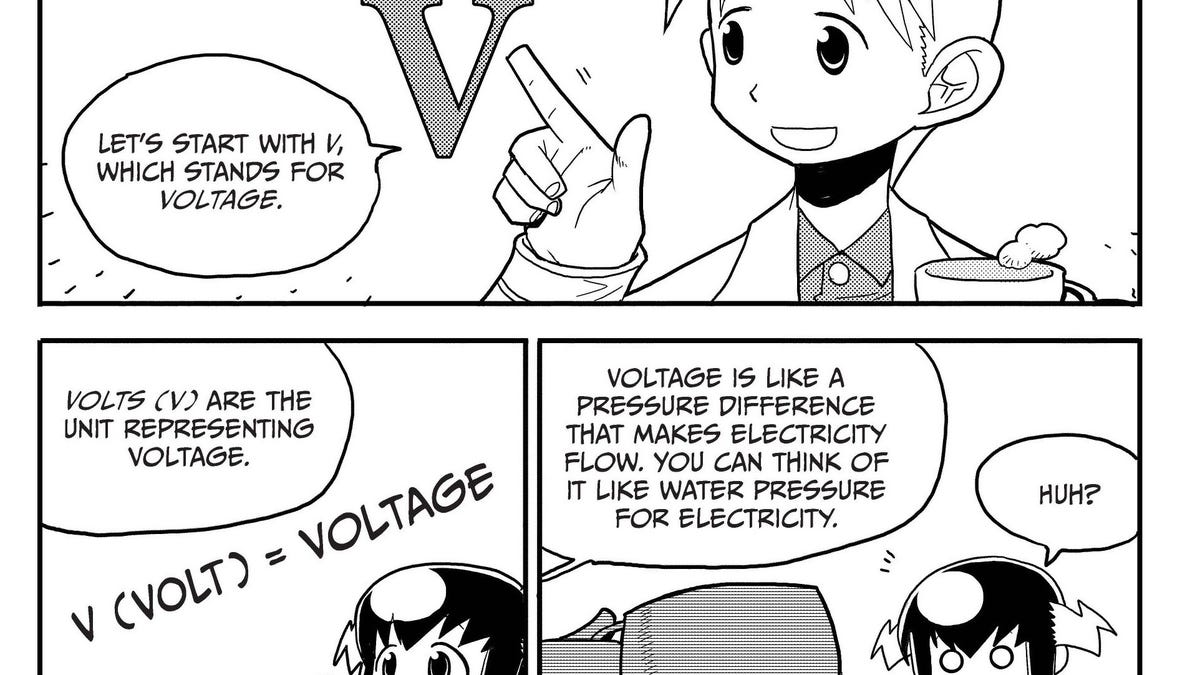Categorical data, manga style
No Starch Press, a publisher of geek entertainment, is out with a manga style series of guides to electricity, statistics, databases, and physics.

These days I don't have much time for reading. More accurately, I don't make much time for reading as XBL and P90X take up any extra time I may have. This year, however, I vowed to read two books per month. Having only completed three so far, I'm a bit behind.
So imagine my disappointment surprise when Crave Senior Editor Leslie Katz barges steps lightly into my office and forces politely suggests that I write a blog on a couple of books she'd just received. Seriously, how could I say no to that?
So, yes. I didn't seek out the "The Manga Guide to Electricity" and "The Manga Guide to Statistics" myself, but I'm thankful they were forced down my throat came across my desk.
So far, I've only read through the first few pages of "Electricity" and the first chapter of "Statistics." Based on my limited exposure, I'm impressed by the $19.95 books' ability to inspire me to want to want learn more about two subjects I previously had little to no interest in. Kinda like having the hots for a Trekker in high school inspired me to learn Klingon. Or at least try.
The books are part of a series of manga guides by No Starch Press, a publisher of geek entertainment. Each book tells a story in the manga (Japanese comic book) style of a young girl being educated about the book's subject. If you've ever seen anime or manga you'll know what to expect here: huge eyes, gaping mouths, and of course, young girls in schoolgirl outfits. The art, however, never gets what I would call racy.
The real strength of the art is in its simple, clean lines that assist in the very pragmatic approach to teaching.
The books succeeds--in the beginning anyway--by being entertaining, telling you, very clearly what it's going to teach you, and honestly, by assuming that you know jack squat about what you're reading.
In the first chapter of "Statistics," I learned that there are two different types of data--categorical and numerical--and how to identify them. I also learned that pretty much everyone else I know already knew the difference, a fact I blame on the Chicago public school system of the '80s and '90s.
The book takes a step-by-step approach to teaching, giving several examples in which the student character in the story--who learns along with you--asks practical questions that you'd likely be asking yourself at that point. No one ever questions why the seemingly very young girl in the story constantly flirts with much older men, but I guess that's manga for you.
Thumbing through the later pages of the books it looks like things get a lot more complex. It's dealing with math formulas and multiple graphs, but so far the book didn't thrust anything on me I couldn't handle, so hopefully it continues that trend--seeing too many square root symbols in a row tends to shut my brain down.

